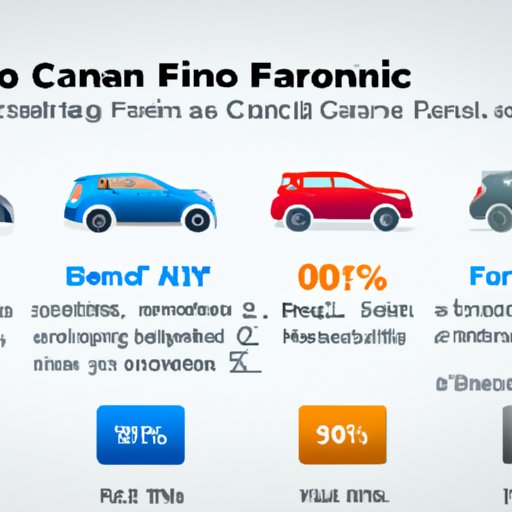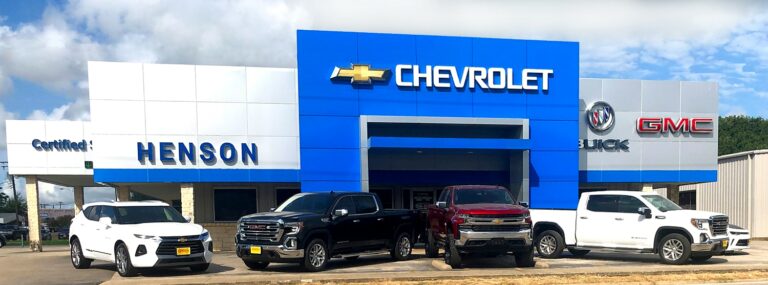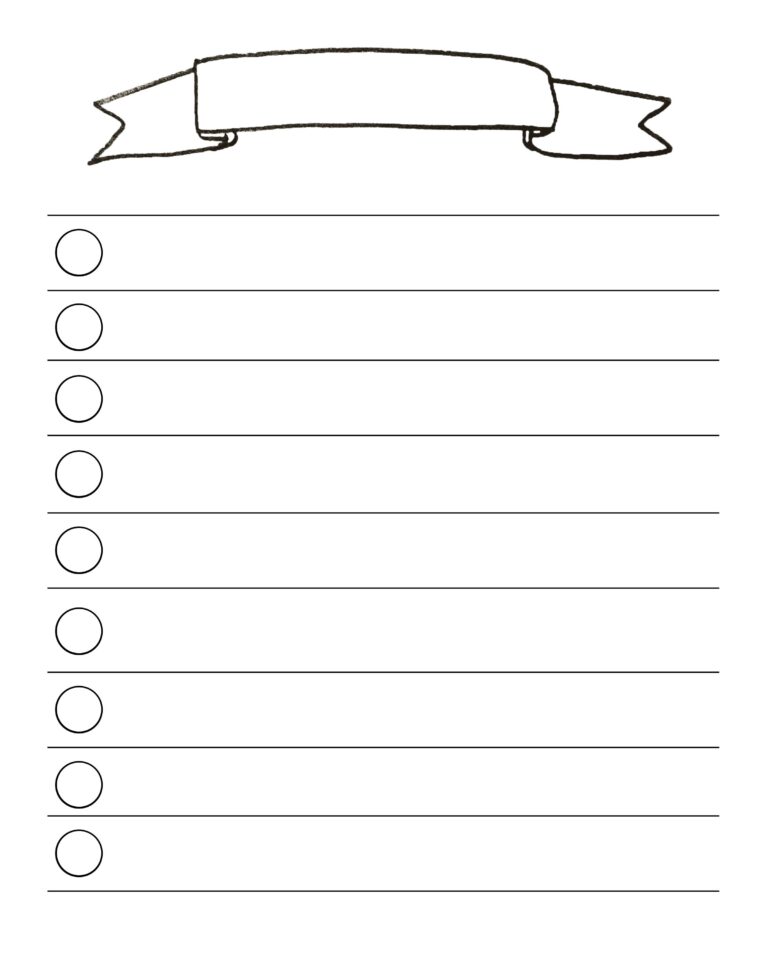Best Wax For Brand New Car: Preserving Perfection from Day One
Best Wax For Brand New Car: Preserving Perfection from Day One cars.truckstrend.com
Congratulations on your new car! That intoxicating "new car smell," the pristine paintwork, the flawless interior – it’s an investment, a dream come true, and a source of immense pride. While the paint on your brand new vehicle might appear perfect, it’s surprisingly vulnerable to the elements from the moment it leaves the dealership. Protecting that factory finish is not just about aesthetics; it’s about preserving the integrity of your investment, making future cleaning easier, and ensuring that showroom shine lasts for years to come.
This comprehensive guide will delve into why waxing your brand new car is crucial, explore the best protective options available, and provide a step-by-step approach to keep your prized possession looking its absolute best.
Best Wax For Brand New Car: Preserving Perfection from Day One
Why Wax a Brand New Car? The Rationale Behind Early Protection
Many new car owners assume that a fresh coat of paint from the factory is impervious to damage. Unfortunately, this isn’t true. While the clear coat offers some protection, it’s far from a impenetrable shield. Here’s why applying a protective layer, whether wax, sealant, or ceramic coating, is essential from the outset:
- Environmental Defense: Your car is constantly exposed to harmful elements: UV rays from the sun, acid rain, bird droppings, tree sap, industrial fallout, road grime, and bug splatters. These contaminants can etch, fade, and degrade your clear coat over time, leading to dullness and permanent damage. A protective layer acts as a sacrificial barrier, absorbing the brunt of these attacks.
- Prevents Swirl Marks and Minor Scratches: Even careful washing can introduce minor swirl marks or marring to unprotected paint. A layer of wax or sealant adds lubricity, reducing friction during washing and drying, thus minimizing the chances of surface imperfections.
- Enhances Gloss and Depth: While new paint is shiny, a quality wax or sealant can significantly deepen the color and enhance the reflective qualities, giving it that "wet look" or glass-like finish that turns heads.
- Makes Cleaning Easier: A smooth, protected surface is far less likely to trap dirt and grime. Contaminants tend to bead up and rinse off effortlessly, reducing the time and effort required for routine washing.
- Preserves Resale Value: A well-maintained exterior speaks volumes about how a car has been cared for. Keeping your paint in excellent condition from day one will undoubtedly contribute to a higher resale value down the line.

Understanding New Car Paint: What You’re Protecting
Modern automotive paint systems consist of several layers, with the clear coat being the outermost and most critical for protection and gloss. This transparent layer is essentially a hard, clear plastic that protects the color coat beneath. However, it’s not indestructible. It can be scratched, etched, and oxidized.
While a new car’s paint is fresh, it might not be perfectly smooth due to transport, storage, and pre-delivery inspections. Microscopic contaminants like rail dust (from train transport), industrial fallout, or even slight imperfections from the factory can be present. Therefore, even a brand new car benefits from proper surface preparation before any protective product is applied.
Types of Protection for New Cars: Wax, Sealant, or Ceramic Coating?
Choosing the "best" protection for your brand new car depends on your priorities: desired aesthetic, durability, budget, and willingness for DIY application.
-
Carnauba Wax:
- What it is: A natural wax derived from the leaves of the Brazilian carnauba palm tree.
- Pros: Delivers an incredibly deep, warm, and rich glow that many enthusiasts adore. It’s relatively easy to apply and remove.
- Cons: Less durable than synthetic options, typically lasting only 1-3 months. It offers less chemical and UV resistance compared to sealants or ceramics.
- Best For: Those who enjoy the ritual of regular waxing, show cars, or owners who prioritize a traditional, organic aesthetic.
-
Synthetic Paint Sealants:
- What it is: Man-made polymers engineered to bond with your car’s paint, forming a durable, protective layer.
- Pros: Significantly more durable than carnauba wax, often lasting 6-12 months. They offer excellent protection against UV rays, environmental contaminants, and road grime. They tend to provide a crisp, reflective, "glass-like" shine.
- Cons: Some argue they lack the "warmth" of carnauba. They often require a longer curing time after application.
- Best For: Daily drivers, owners seeking long-lasting protection with good aesthetics, and those who want less frequent application.
-
Ceramic Coatings (SiO2/SiC):
- What it is: A liquid polymer that chemically bonds with the factory paint, creating a semi-permanent, extremely hard, and hydrophobic layer.
- Pros: Unparalleled durability (2-5+ years), superior protection against scratches (minor), etching, UV damage, and chemicals. Exceptional hydrophobic properties (water beads and rolls off effortlessly), making cleaning incredibly easy.
- Cons: Highest cost, most complex application (often requiring professional installation), and requires meticulous paint preparation (compounding/polishing to perfection) beforehand. Once applied, removal requires machine polishing.
- Best For: The ultimate in long-term protection, owners who want minimal maintenance for years, and those willing to invest significantly.
-
Hybrid Products: Many modern products combine the benefits, such as "wax-infused sealants" or "ceramic-boosted waxes," aiming to offer the best of both worlds – the gloss of carnauba with enhanced durability.
Choosing the Best Wax/Protection for Your New Ride: Key Considerations
- Durability vs. Aesthetic: Do you want protection that lasts a year, or do you prefer the deep glow of carnauba even if it means more frequent application?
- Ease of Application: Are you comfortable with a multi-step application process, or do you prefer a simple wipe-on, wipe-off product? Ceramic coatings, while powerful, are generally not recommended for DIY beginners on a brand new car without prior experience.
- Budget: Carnauba waxes and synthetic sealants are generally affordable, while ceramic coatings can range from hundreds to thousands of dollars for professional application.
- Your Environment: If your car is parked outdoors 24/7 in harsh weather, you’ll benefit more from a durable sealant or ceramic coating.
- Maintenance Habits: If you enjoy regular detailing, a wax is fine. If you want to wash less often and still maintain protection, a sealant or ceramic coating is better.
For a brand new car, a high-quality synthetic paint sealant is often the sweet spot for DIY enthusiasts – offering excellent durability and shine without the complexity or cost of a ceramic coating. If ultimate, long-term protection is your goal and budget allows, a professional ceramic coating is unmatched.
Step-by-Step Guide: How to Properly Apply Wax/Sealant to a New Car
Even though it’s new, proper preparation is key to ensuring the protective product bonds effectively and lasts longer.
Tools and Supplies You’ll Need:
- Two buckets (one for wash, one for rinse)
- pH-neutral car wash soap
- Soft wash mitt
- Microfiber drying towels (several)
- Iron remover (optional but highly recommended for new cars)
- Clay bar and lubricant (optional but recommended)
- Applicator pads (foam or microfiber)
- Multiple clean, high-quality microfiber buffing towels
- Your chosen wax or sealant
Process:
-
Two-Bucket Wash:
- Fill one bucket with clean water and the other with soapy water.
- Rinse the car thoroughly to remove loose dirt.
- Wash one section at a time, frequently rinsing your wash mitt in the clean water bucket before reloading with soap. Work from top to bottom.
- Rinse thoroughly to remove all soap residue.
-
Iron Decontamination (Recommended for New Cars):
- Even new cars can have invisible metallic fallout. Spray an iron remover over the paint (follow product instructions for dwell time). It will turn purple as it reacts with iron particles.
- Rinse thoroughly.
-
Clay Bar Treatment (Optional but Highly Recommended for New Cars):
- This step removes bonded contaminants (like rail dust, overspray, tree sap) that washing and iron removers can’t touch, leaving a perfectly smooth surface.
- Spray a dedicated clay lubricant on a small section of paint.
- Gently glide the clay bar (flattened into a patty) over the lubricated area until it moves smoothly. Fold the clay frequently to expose a clean surface.
- Wipe away residue with a microfiber towel.
- Repeat section by section over the entire painted surface.
-
Final Rinse and Drying:
- Rinse the car again thoroughly to ensure no clay lube or contaminants remain.
- Dry the car completely using premium microfiber drying towels. Ensure no water spots are left. An air blower can also be very helpful.
-
Wax/Sealant Application:
- Work in the Shade: Always apply products to a cool surface, out of direct sunlight.
- Thin is In: Apply a very thin, even layer of your chosen product using an applicator pad. Less is more! Over-applying makes removal difficult and wastes product.
- Work in Small Sections: Apply to one panel (e.g., half a hood, one fender) at a time.
- Follow Product Instructions: Pay close attention to dwell time (how long the product should sit on the paint before buffing). This varies greatly between waxes and sealants.
- Buff Off: Use a clean, dry, high-quality microfiber towel to gently buff away the residue until the surface is clear and shiny. Flip the towel frequently to a clean side. For best results, use a second, clean towel for a final wipe.
-
Curing Time (Crucial for Sealants/Ceramics):
- Many sealants and all ceramic coatings require a specific curing time (e.g., 12-24 hours) during which the car should not get wet or be exposed to dust. Check your product’s instructions.
Maintaining Your Protected Finish
- pH-Neutral Car Wash Soap: Always use a car wash soap that is pH-neutral and designed to be safe for waxes and sealants. Avoid harsh detergents or dish soap.
- Proper Washing Techniques: Stick to the two-bucket method and soft wash mitts. Avoid automatic car washes with brushes, as they can cause significant swirl marks.
- Topping Up: Use a spray wax, spray sealant, or ceramic booster spray after washes to maintain and extend the life of your primary protection layer.
- Regularity: Reapply your wax or sealant according to the product’s recommended intervals (e.g., every 2-3 months for wax, 6-12 months for sealant).
Common Mistakes to Avoid
- Applying Too Much Product: Leads to streaks, hazing, and difficulty in buffing.
- Applying in Direct Sunlight or on Hot Paint: Causes premature drying, streaking, and potential etching.
- Not Prepping the Surface: Applying over contaminants or an unclean surface will prevent proper bonding and reduce durability and shine.
- Using Dirty or Low-Quality Towels/Applicators: Can introduce scratches or leave lint.
- Ignoring Curing Times: Especially critical for sealants and ceramic coatings; can compromise durability.
Price Table: Popular Protection Options for New Cars
Please note: Prices are approximate and can vary based on brand, size, retailer, and promotional offers. Professional ceramic coating services typically range from $500 to $2000+.
| Product Type | Specific Product Example | Key Benefit | Durability (Approx.) | Application Difficulty | Average Price Range (DIY Product) |
|---|---|---|---|---|---|
| Carnauba Wax | Meguiar’s Gold Class Carnauba Plus | Deep, warm, traditional glow | 1-3 Months | Easy | $15 – $30 |
| Collinite 845 Insulator Wax | Excellent durability for a wax, great shine | 4-6 Months | Moderate | $20 – $35 | |
| Synthetic Sealant | Chemical Guys JetSeal | Long-lasting shine & protection, easy to apply | 6-9 Months | Easy to Moderate | $25 – $45 |
| Jescar Power Lock Plus | Exceptional durability, slick feel, high gloss | 9-12 Months | Moderate | $30 – $50 | |
| Hybrid Product | Meguiar’s Hybrid Ceramic Wax | Easy spray-on, rinse-off application, ceramic-like | 4-6 Months | Very Easy | $15 – $25 |
| Griot’s Garage 3-in-1 Ceramic Wax | Spray-on, wipe-off, provides good ceramic boost | 6-8 Months | Easy | $20 – $35 | |
| DIY Ceramic Coating | CarPro CQUARTZ Lite | Entry-level ceramic, good protection, DIY-friendly | 6-12 Months | Moderate to Hard | $40 – $70 |
| Gyeon CanCoat Evo | Spray-on ceramic, decent durability, ease of use | 6-12 Months | Moderate | $50 – $90 |
Frequently Asked Questions (FAQ)
Q1: Do new cars really need waxing?
A1: Yes, absolutely! While the paint is fresh, it’s still susceptible to environmental damage, UV rays, and minor abrasions. A protective layer like wax, sealant, or ceramic coating acts as a sacrificial barrier, preserving the factory finish and making future cleaning much easier.
Q2: How soon after purchase should I wax my new car?
A2: You can wax or apply a sealant to your new car as soon as you bring it home. There’s no "curing time" required for modern factory paint before applying protection. In fact, the sooner, the better, to protect it from the moment it hits the road. For ceramic coatings, it’s ideal to apply them immediately after purchase, ensuring the paint is as pristine as possible.
Q3: Can I use a ceramic coating on a brand new car?
A3: Yes, a ceramic coating is an excellent choice for a brand new car and offers the highest level of long-term protection. However, ceramic coating application requires meticulous paint preparation (decontamination, and sometimes light polishing even on new cars to remove minor imperfections) and precise application techniques. For best results, professional application is often recommended.
Q4: What’s the difference between wax and sealant?
A4: Wax (typically carnauba) is a natural product that provides a deep, warm glow but offers shorter durability (1-3 months). Sealants are synthetic polymers designed to chemically bond with the paint, offering superior durability (6-12 months) and protection against environmental elements, often with a more reflective, glass-like shine.
Q5: How often should I reapply wax/sealant?
A5: For traditional carnauba waxes, reapplication is typically needed every 1-3 months. Synthetic paint sealants generally last 6-12 months. Hybrid products fall somewhere in between. Ceramic coatings can last 2-5+ years. Always follow the specific product’s recommendations.
Q6: Can waxing hide minor swirl marks on a new car?
A6: While waxes and sealants can temporarily fill in very minor swirl marks and make them less noticeable by adding gloss, they do not permanently remove them. For true swirl mark removal, paint correction (polishing) is required before applying protection. It’s rare for a brand new car to have significant swirls, but minor imperfections are possible.
Conclusion
Your brand new car is a significant investment and a source of joy. By understanding the importance of early paint protection and choosing the right product – be it the rich warmth of carnauba wax, the robust durability of a synthetic sealant, or the ultimate long-term shield of a ceramic coating – you can ensure that showroom shine lasts for years to come. With proper application and consistent maintenance, you’ll not only protect your investment but also enjoy the lasting pride of owning a vehicle that looks as good as the day you drove it off the lot.





